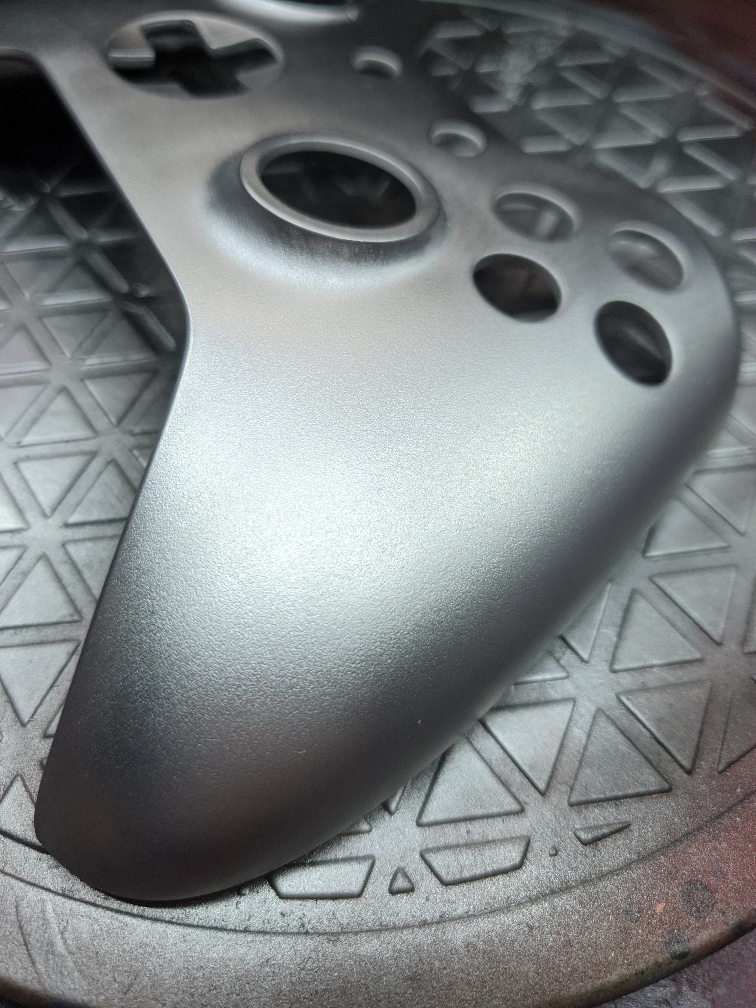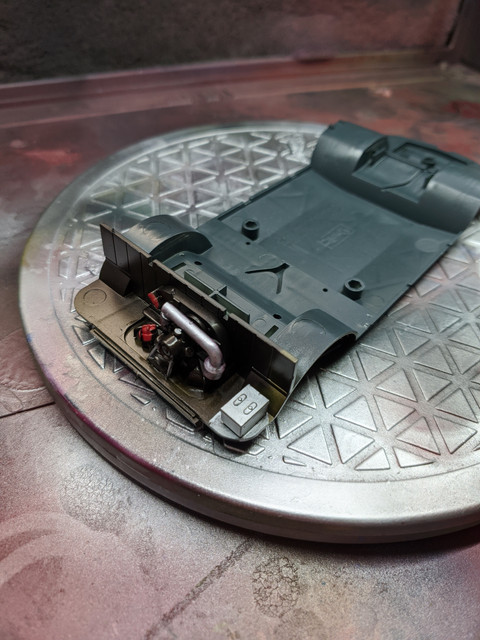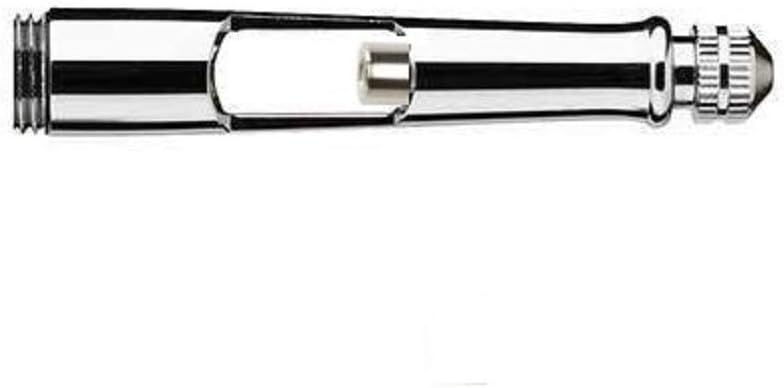Mike115
Mac-Valve Maestro!
Not going to be a huge shock to most people here but for any newbies who are struggling I wanted tk share a story I've had in the past 24 hours.
I was recommended to try Alclad paints and they arrived yesterday I had a quick try and suffered huge splattering.
I googled this and it sounded like it might be an issue wirh water in the tank, lines, pressure regulator or water trap, I almost pulled the trigger on a new one in bed last night as it was driving me crazy.
Then, a few searches later it dawn on me, I'd been using acrylic paints and not cleaned the needle /nozzle fully
So I dismantled the brush today
AND sure enough on the needle it had gummed up in a circle, almost like a seal.
I cleaned the needle, nozzle and tried again with the alclad paints and wow, it's a revalation
Again it's unlikely to shock many herwbut for me it's a valued part of my apprenticeship in this world of airbrushing.
After I'd finished these projects, I then took it apart and did the same to it again, so thst next time, it should start like new.
Take care yall.



I was recommended to try Alclad paints and they arrived yesterday I had a quick try and suffered huge splattering.
I googled this and it sounded like it might be an issue wirh water in the tank, lines, pressure regulator or water trap, I almost pulled the trigger on a new one in bed last night as it was driving me crazy.
Then, a few searches later it dawn on me, I'd been using acrylic paints and not cleaned the needle /nozzle fully
So I dismantled the brush today
AND sure enough on the needle it had gummed up in a circle, almost like a seal.
I cleaned the needle, nozzle and tried again with the alclad paints and wow, it's a revalation
Again it's unlikely to shock many herwbut for me it's a valued part of my apprenticeship in this world of airbrushing.
After I'd finished these projects, I then took it apart and did the same to it again, so thst next time, it should start like new.
Take care yall.
































